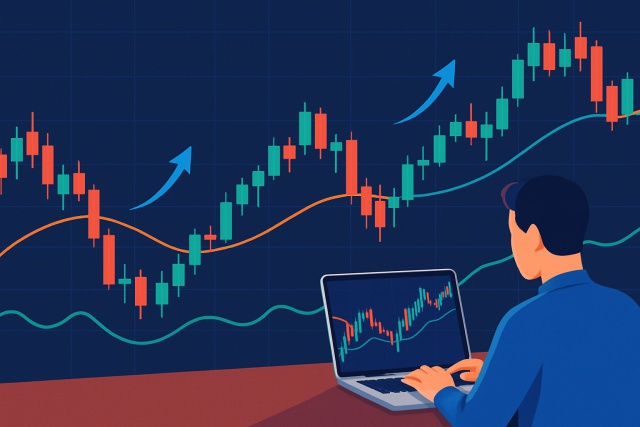
Most Important Candle Patterns Every Trader Should Know
Unlock the power of candle patterns to decode market psychology and improve your trading precision....
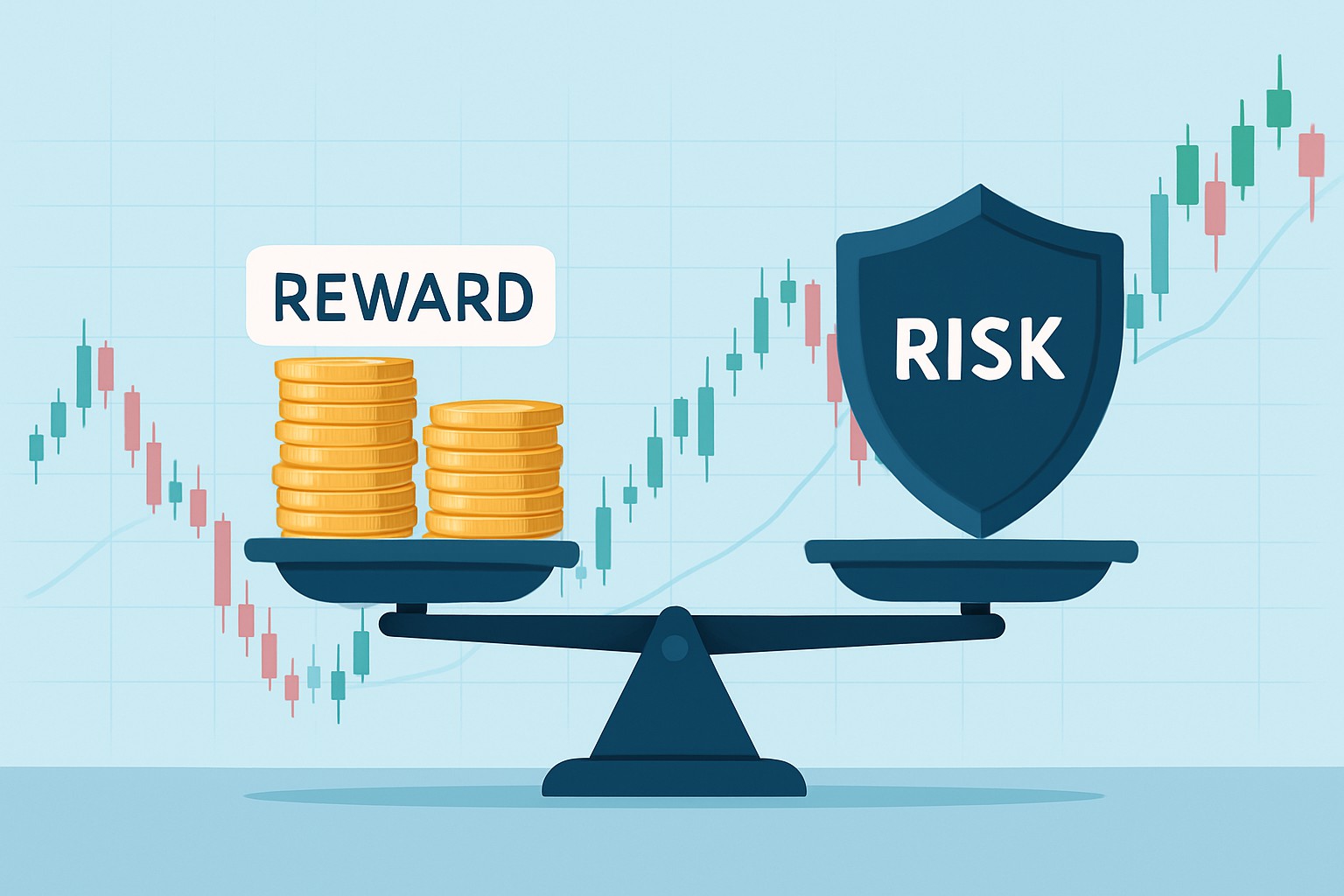
Finding the sweet spot between reward and risk is vital for making savvy financial decisions. The rr ratio or reward-to-risk ratio puts potential gains and possible losses head-to-head to give individuals a clearer picture to size up their options.
The R/R ratio short for reward-to-risk ratio is a simple but surprisingly handy metric that pits the expected reward of an investment or trade against the risk you’re taking on.
The R/R ratio is a real game-changer in risk management, giving traders and investors a sharper picture of potential returns relative to the risks they’re taking on.
The R/R ratio is your financial compass helping you weigh up the tug of war between reward and risk. It’s there to steady your hand when the choppy seas of investing start to get a bit rough.
The rr ratio serves as a financial compass of sorts, gently steering you through choppy waters by showing whether the possible payoff really stacks up against the risks you are taking.
You’ve got to start by zeroing in on some key price levels—think entry price, stop loss and target price.
Zero in on your entry price where you plan to jump into the trade or make the investment.
Nail down your stop loss level this is your safety net, the point where you’ll bail out to keep losses in check if the price decides to go south.
Pick a target price the magic number where you’d like to pocket your profits, showing off your potential reward.
Figure out the risk amount by subtracting the stop loss price from your entry price. It’s like measuring how much skin you’ve got in the game.
Grab the reward amount by subtracting your entry price from the target price. Think of it as your prize at the end of the tunnel.
Crunch the R/R ratio by dividing the reward amount by the risk amount. This ratio is the classic way traders size up the potential payoff against the risk they’re taking.
Imagine you’re looking to buy a stock at $50. To stay safe you place a stop loss at $45 limiting your potential loss to $5. Then you set a target price at $65 hoping to cash in on that $15 gain. Your risk is $5 and the potential reward is $15, giving you a risk/reward ratio of 15 divided by 5 which comes out to 3. You’re aiming to earn three times what you could lose—a setup that usually tips the scales in your favor.

Chart illustrating entry price, stop loss, and target price with calculated reward-to-risk ratio
The R/R ratio is a handy metric but it’s often a bit misunderstood. A lot of people tend to think that a high R/R ratio automatically guarantees success or that risk doesn’t really matter as long as the potential reward is juicy.
Make the most of the R/R ratio by ensuring it jives well with your personal risk tolerance and overall trading or investment style. Keep your goals grounded—nothing fancy—and stay disciplined by sticking to those risk limits.
Including the R/R ratio in your risk management usually helps shield your capital from nasty oversized losses and nudges you toward smarter money management by focusing on trades that over time tend to have a positive expectancy.
There are many calculators and trading programs that make it easier to calculate and keep track of your R/R ratio across multiple trades.
Adding R/R ratio tools to your workflow can truly boost your trading strategy. Platforms like TradingView have detailed charting and analysis features that make calculating risk and reward almost effortless. Trading journals like Edgewonk don’t just keep you organized. They dive deep into analytics and help you stay on top of risk management. When you combine these with your broker's tools, such as Binance's futures trading with its leverage controls, you are better equipped to apply R/R ratios consistently to your trades.
Struggling to improve your trading performance? Edgewonk's advanced analytics tools are designed to give you the edge you need.
With detailed trade journaling, robust strategy analysis, and psychological insights, you'll gain a comprehensive understanding of your strengths and weaknesses. Don't miss out on this game-changing opportunity.
Traders, it's time to elevate your game. Edgewonk is the ultimate trading journal software designed to empower you with data-driven insights and personalized strategies. Take control of your trading journey and maximize your potential.
23 posts written
With 15 years of experience in commodity markets, Leila Amiri is transforming the field with her unique perspectives on sustainable investing and ESG integration.
Read Articles
Unlock the power of candle patterns to decode market psychology and improve your trading precision....
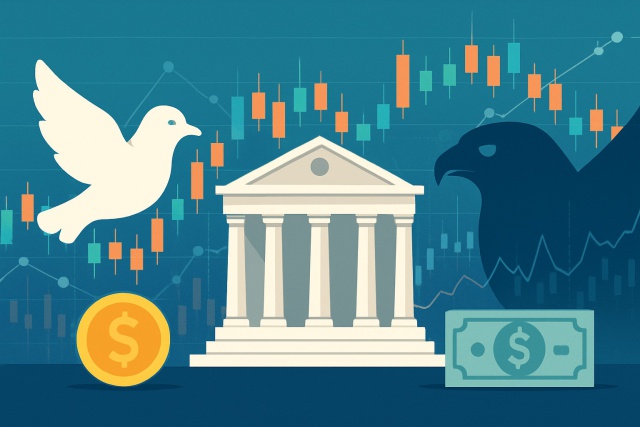
Discover how central banks' hawkish and dovish stances shape financial markets and affect your inves...
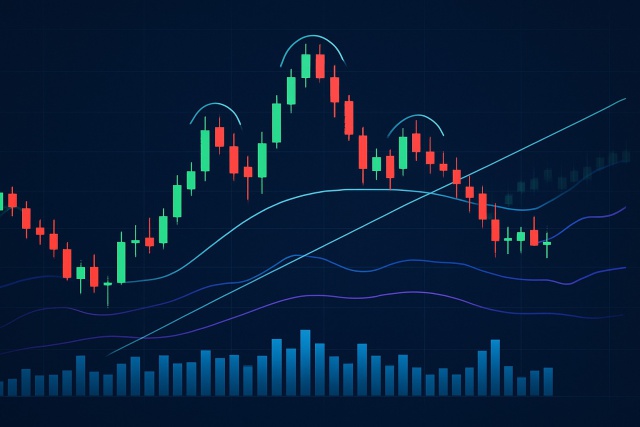
Unlock the power of the head and shoulders pattern with this complete guide. Learn to spot, trade, a...
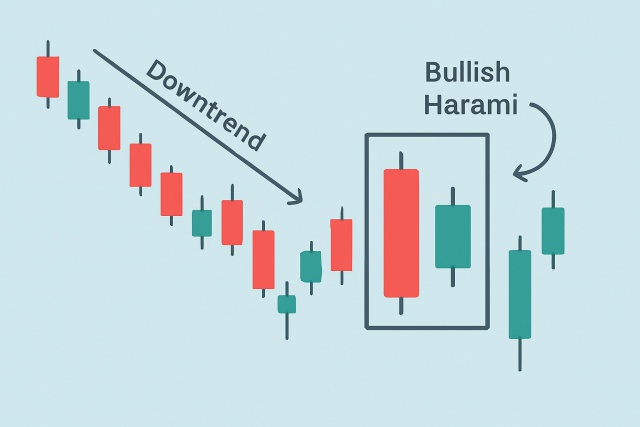
Discover the bullish harami candlestick pattern—a key technical signal that can hint at trend revers...
